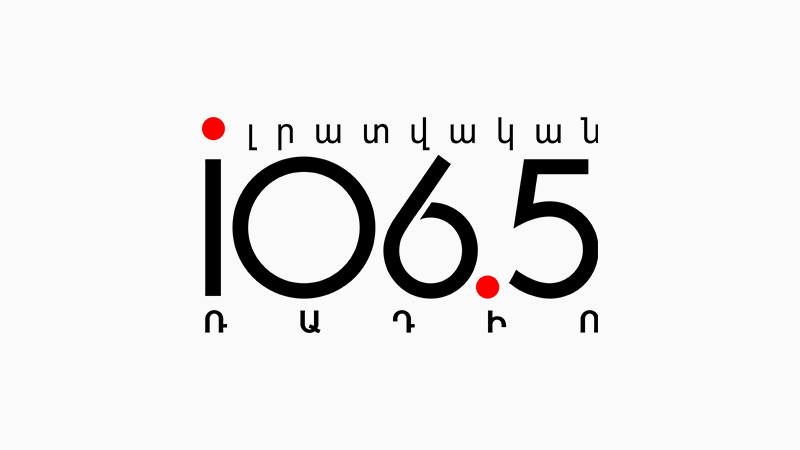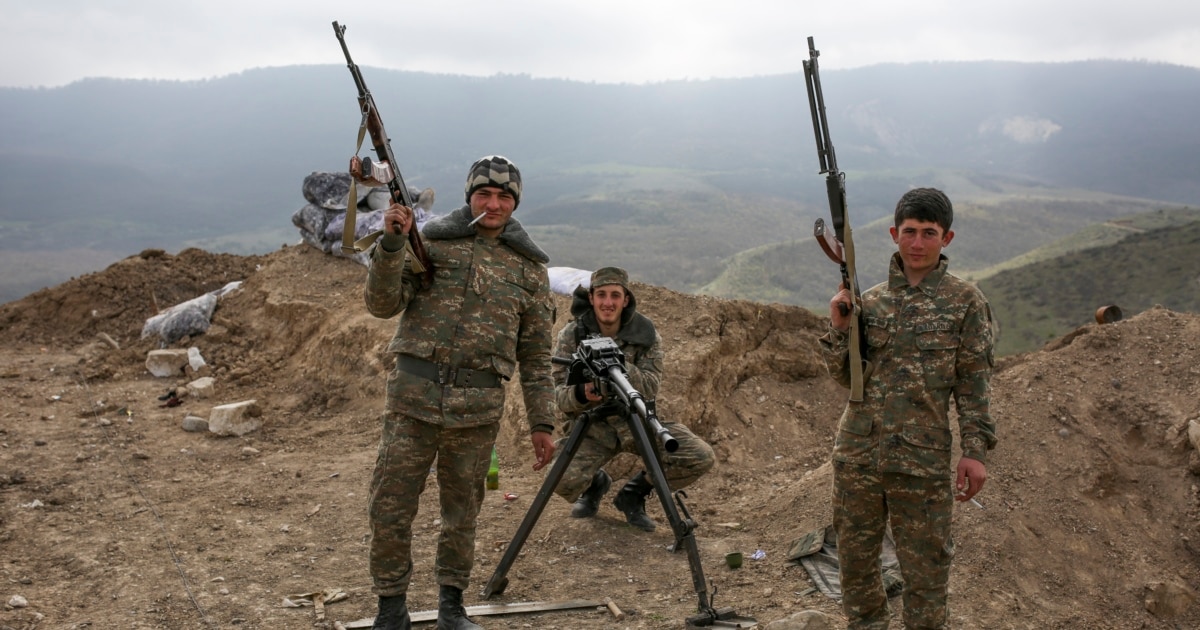Re: Nagorno-Karabagh: Military Balance Between Armenia & Azerbaijan
Սպասողական վիճակ է. հայրը գնացել է Մատաղիս, որ տեսնի տղային ու մինչև հիմա դեռ այնտեղ է
12 Ապրիլի 2016,
ԼՂՀ ՊՆ-ն երեկ հայտարարել էր, որ հակառակորդի նախահարձակ գործողությունների հետևանքով ունենք մեկ անհայտ կորած` 23-ամյա կապիտան, վաշտի հրամանատար Արգիշտի Գաբոյանը: Նա Արթիկի շրջանի Մեծ Մանթաշ գյուղից էր:
Yerkir.am-ի հետ զրույցում Մեծ Մանթաշի գյուղապետ Ստյոպա Չոբանյանը նշեց, որ 23-ամյա հրամանատարը Վազգեն Սարգսյանի անվան ռազմական ինստիտուտի սան էր:
«Արգիշտին հայր, մայր և եղբայր ունի: Հայրը պայմանագրային զինծառայող է: Մայրն ու եղբայրն են այստեղ` գյուղում: Սպասողական վիճակ է, սպասում ենք…»,-ասաց Չոբանյանը:
Նա նշեց նաև, որ Արգիշտիի հայրը Քարվաճառում է ծառայությունն իրականացրել, իսկ ապրիլի 2-ին պետք է արդեն տուն գար, բայց իրավիճակը լարվել է.«Հայրը գնացել է Մատաղիս, որ տեսնի տղային, բայց արդեն խառն է եղել իրավիճակը ու տղան արդեն կորած է եղել»:
Արգիշտիի հայրը` Արծվիկ Գաբոյանը, 1988-ից մասնակցել է արցախյան ազատամարտին, ավագ լեյտենանտ է:
Սպասողական վիճակ է. հայրը գնացել է Մատաղիս, որ տեսնի տղային ու մինչև հիմա դեռ այնտեղ է
12 Ապրիլի 2016,
ԼՂՀ ՊՆ-ն երեկ հայտարարել էր, որ հակառակորդի նախահարձակ գործողությունների հետևանքով ունենք մեկ անհայտ կորած` 23-ամյա կապիտան, վաշտի հրամանատար Արգիշտի Գաբոյանը: Նա Արթիկի շրջանի Մեծ Մանթաշ գյուղից էր:
Yerkir.am-ի հետ զրույցում Մեծ Մանթաշի գյուղապետ Ստյոպա Չոբանյանը նշեց, որ 23-ամյա հրամանատարը Վազգեն Սարգսյանի անվան ռազմական ինստիտուտի սան էր:
«Արգիշտին հայր, մայր և եղբայր ունի: Հայրը պայմանագրային զինծառայող է: Մայրն ու եղբայրն են այստեղ` գյուղում: Սպասողական վիճակ է, սպասում ենք…»,-ասաց Չոբանյանը:
Նա նշեց նաև, որ Արգիշտիի հայրը Քարվաճառում է ծառայությունն իրականացրել, իսկ ապրիլի 2-ին պետք է արդեն տուն գար, բայց իրավիճակը լարվել է.«Հայրը գնացել է Մատաղիս, որ տեսնի տղային, բայց արդեն խառն է եղել իրավիճակը ու տղան արդեն կորած է եղել»:
Արգիշտիի հայրը` Արծվիկ Գաբոյանը, 1988-ից մասնակցել է արցախյան ազատամարտին, ավագ լեյտենանտ է:













Comment